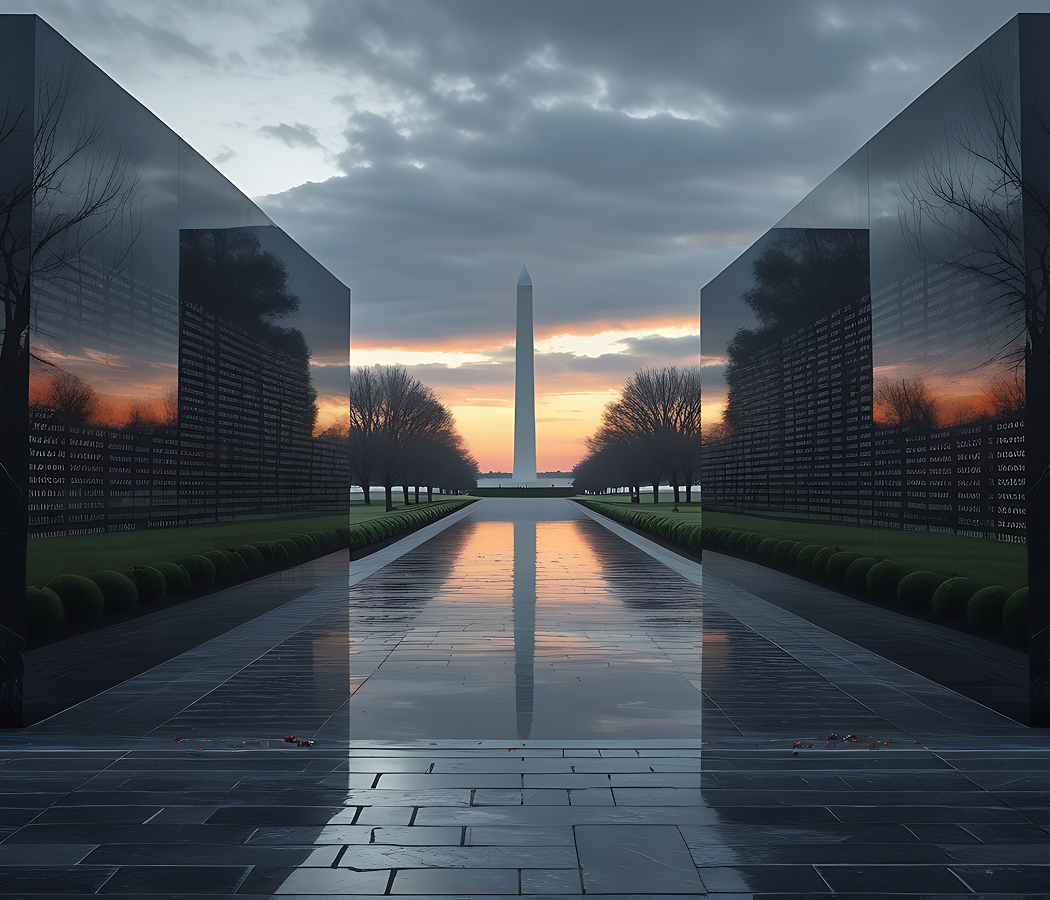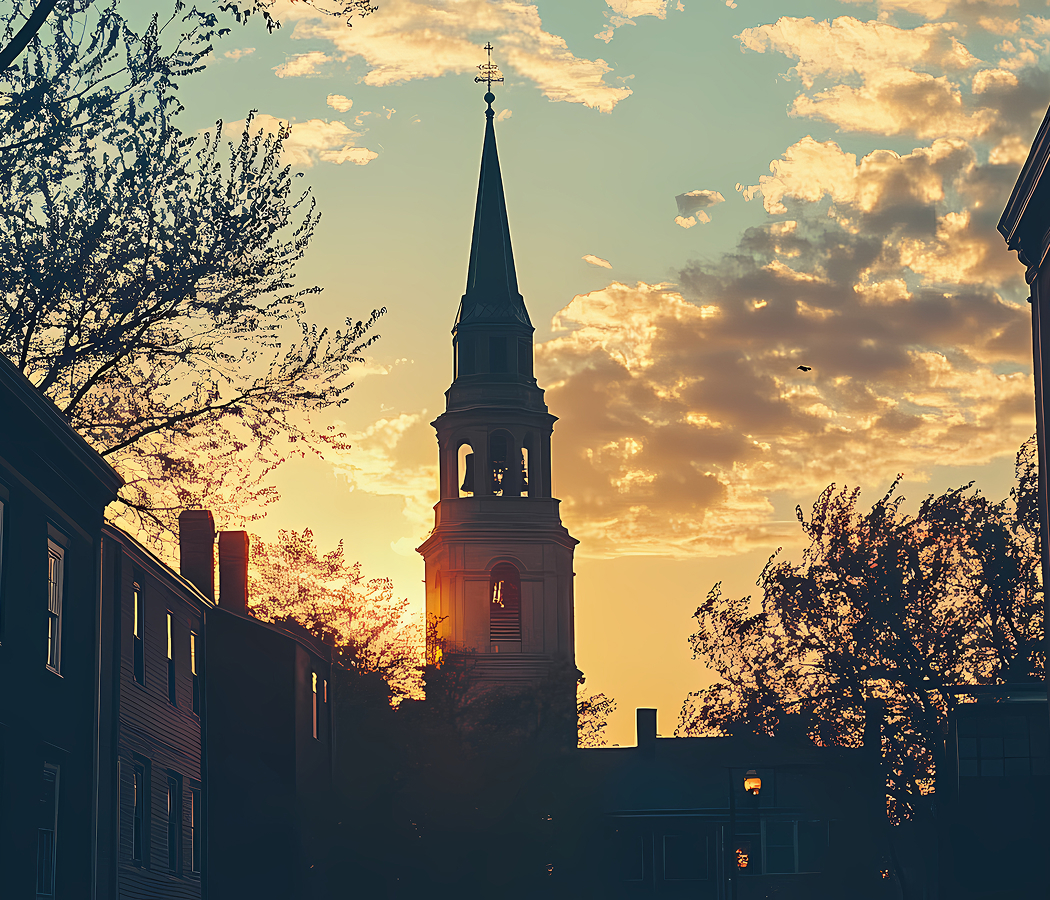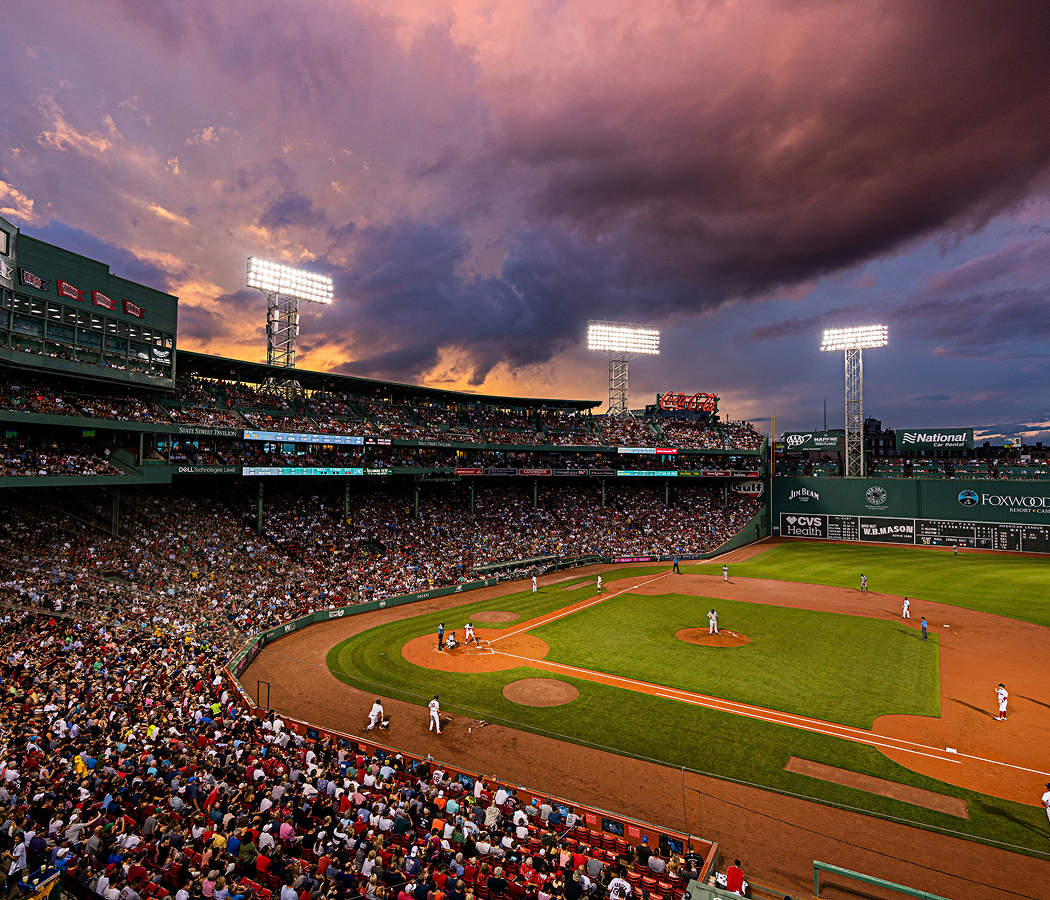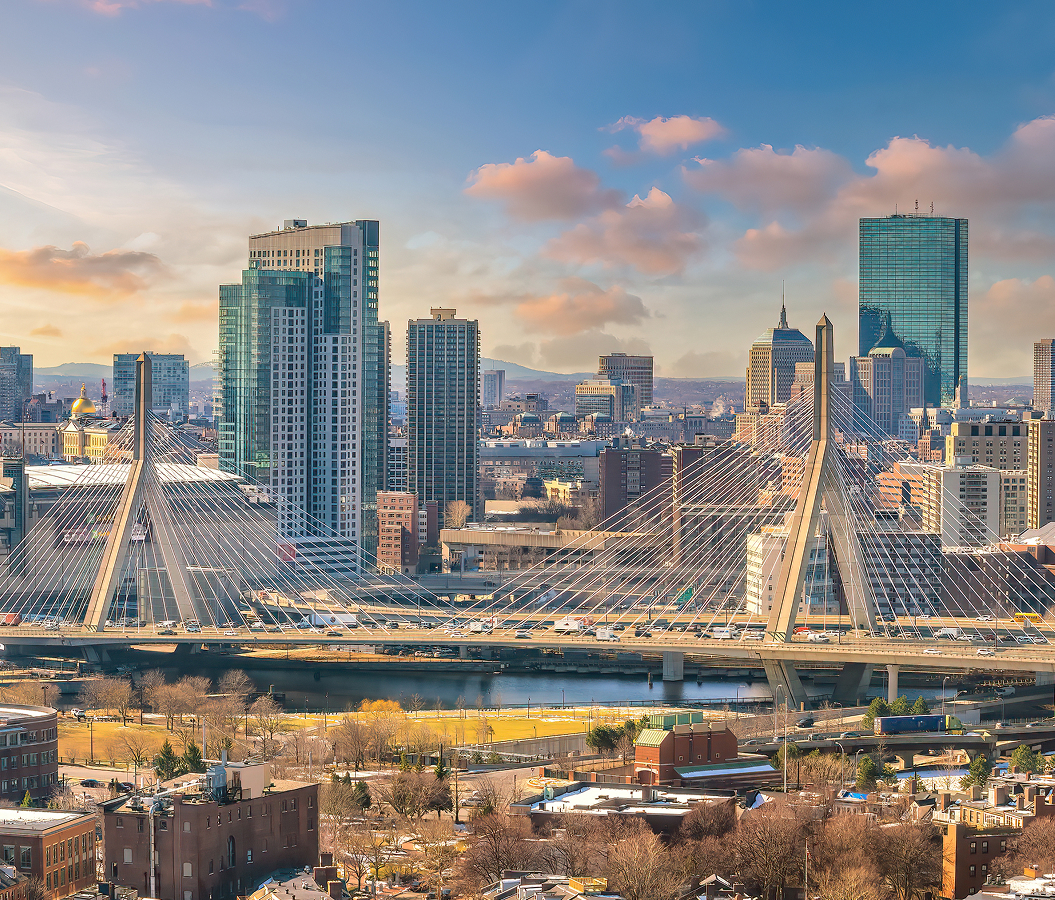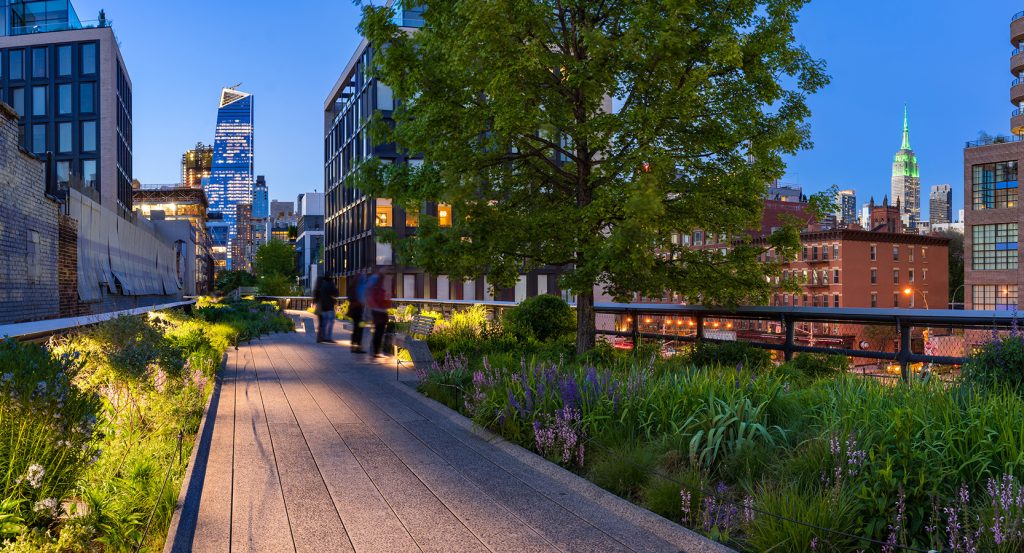
Why you should experience The High Line in New York City.
The High Line isn’t just a park, it’s a pulse of green suspended above Manhattan’s grit, where art, architecture, and urban life collide in perfect rhythm.
Stretching 1.45 miles through the West Side of Manhattan, this elevated walkway transforms a once-abandoned railway into one of the most visionary public spaces in the world. Step onto it from Gansevoort Street in the Meatpacking District, and you’re immediately lifted out of the city’s roar and into a parallel world, part garden, part gallery, part slow-moving dream. Grasses sway between steel rails, wildflowers spill over weathered concrete, and the skyline unfurls beside you like a moving postcard. The hum of the streets fades beneath your feet as you pass murals, sculptures, and bursts of color that seem to grow organically from the city itself. Designed by James Corner Field Operations and Diller Scofidio + Renfro, the park reimagines the forgotten as something sacred, a place where nature reclaims what industry left behind. It’s the rare corner of New York that insists on slowing you down. And as sunlight filters through glass towers onto the tracks, you realize the High Line isn’t an escape from the city, it’s the city learning how to breathe again.
What you didn’t know about The High Line.
The High Line’s story is one of rebirth, a quiet act of rebellion that turned decay into art.
In the early 20th century, the West Side Elevated Line carried freight trains through Manhattan’s industrial core, keeping dangerous rail traffic off the streets. But by the 1980s, with the rise of trucking, the tracks fell silent, rusted relics of another era stretching through crumbling warehouses and overgrown lots. The city planned demolition. Then, in 1999, two neighborhood residents, Joshua David and Robert Hammond, founded the Friends of the High Line, determined to save it. What followed was one of the most extraordinary acts of urban preservation in modern history. With community advocacy, creative partnerships, and visionary design, the line was reborn as a living park, a celebration of New York’s ability to transform its past into its future. The first section opened in 2009, and it quickly became a symbol of urban renewal admired worldwide. Its plantings, curated by Dutch landscape designer Piet Oudolf, were inspired by the self-seeded wildflowers that had overtaken the tracks during decades of neglect. Every bench, every bend, tells that story, of coexistence between the built and the organic. And hidden among the greenery are surprises that make each visit different: an amphitheater framing street views like living cinema; sculptures that shift with each season; and even secreted remnants of the original rail ties preserved as silent witnesses to the city’s evolution. Today, over eight million people walk the High Line each year, a testament to how beauty can rise from steel and dust when vision meets patience.
How to fold The High Line into your trip.
Walking the High Line is an experience that rewards curiosity, patience, and open eyes, a slow glide through the layers of New York life.
Begin at the southern entrance near Gansevoort Street, where cobblestone streets and designer boutiques of the Meatpacking District meet the first stretch of elevated greenery. Move northward, pausing often, this is a place meant to be savored, not rushed. Let your hand brush the tall grasses, pause to watch the skyline frame itself between the windows of converted warehouses, and listen to the low hum of the city below. Stop by Chelsea Market for coffee or pastries, then rejoin the path where public art installations rotate seasonally, offering everything from minimalist sculpture to large-scale visual experiments. As you near 23rd Street, the 10th Avenue Square & Overlook invites you to sit in tiered seating that faces the avenue below, a perfect people-watching spot where New York plays itself like a film. Further north, the park opens to views of the Hudson River and the shimmering glass towers of Hudson Yards, where you’ll find the striking Vessel sculpture and the Edge observation deck. Come at sunset, when the city glows copper and gold, and the river mirrors the fading light, a moment where everything feels suspended in stillness. The High Line ends at 34th Street, but its spirit lingers: an unbroken thread between the city’s past and its possibilities. Whether you’re an architect, artist, or dreamer, walking it feels like stepping into New York’s imagination, elevated, alive, and always moving forward.
Hear it from the Foresyte community.
Old train tracks turned park in the sky. It’s where locals go to stroll above the traffic and tourists suddenly feel like they discovered a secret New York shortcut. Flowers and art pop up along the way, and every overlook makes you want to pause and just watch the city move below.
Where meaningful travel begins.
Start your journey with Foresyte, where the planning is part of the magic.
Discover the experiences that matter most.





